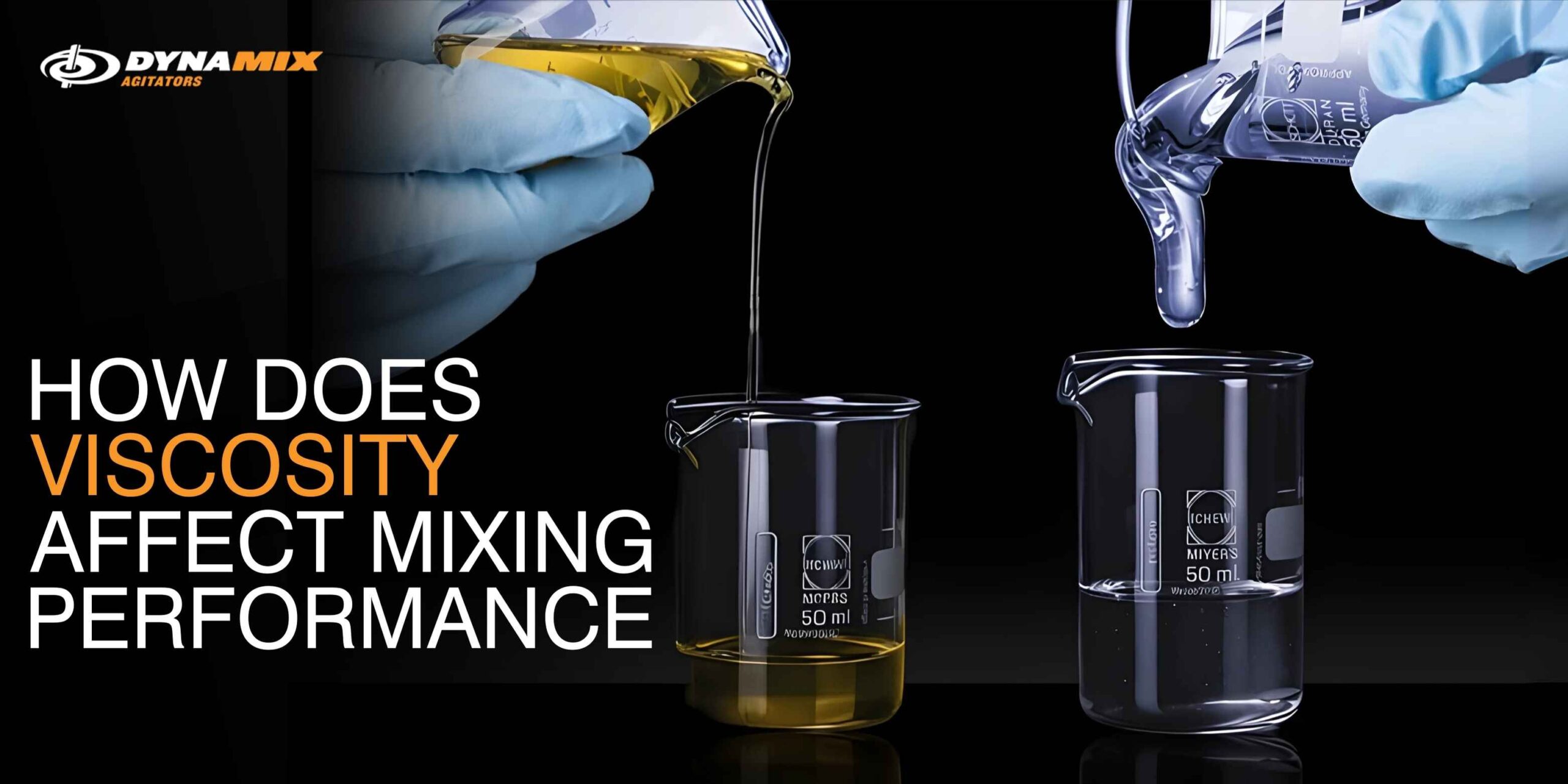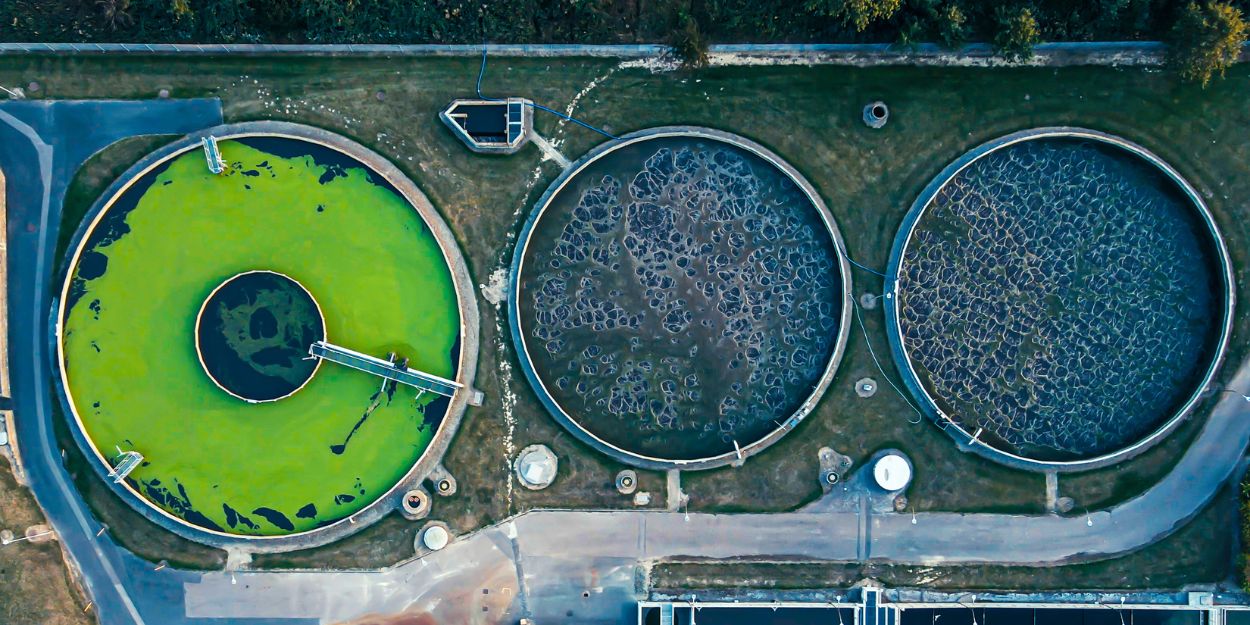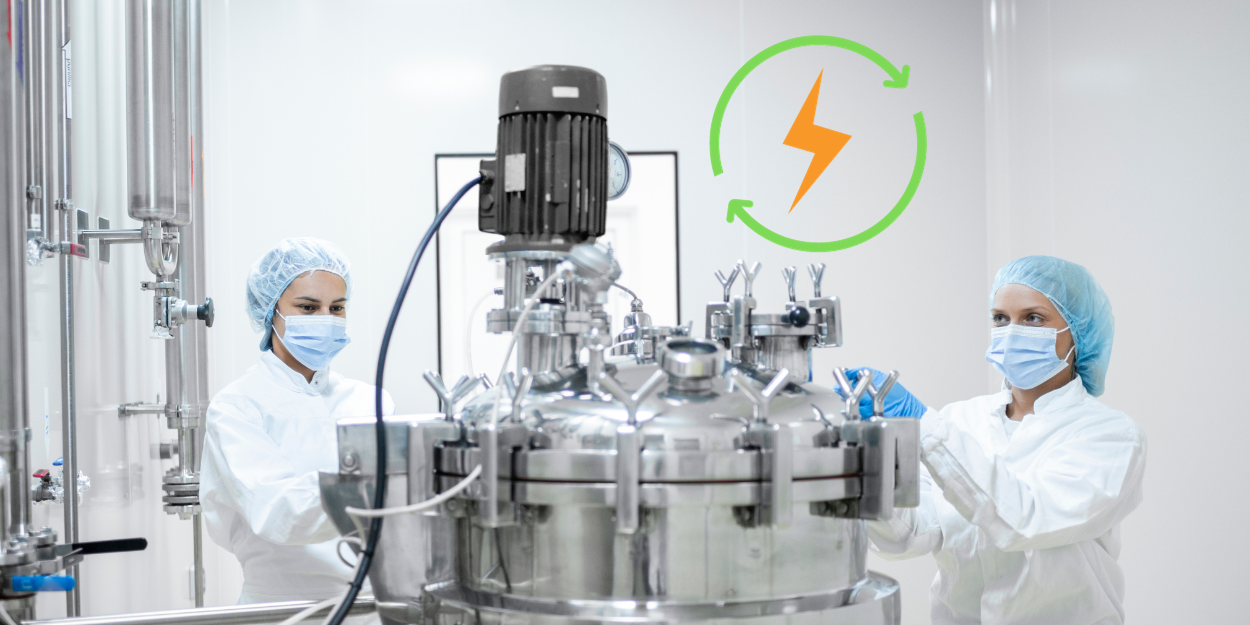
How Does Viscosity Affect Mixing Performance?
Understanding the Role of Viscosity in Mixing In industrial processing, fluid mixing is central to process and quality control. It is important to recognise, and make sure your mixer is configured according to many factors; a primary factor is Viscosity. The physical properties of materials, especially viscosity, dictate how efficiently substances can be agitated, homogenized, or dispersed. Whether in food production, mining processes, water treatment reactions, adhesives, petrochemicals, or any other, viscosity AND it’s nature directly affects design, energy requirements, impeller selection, flow patterns and end-product or reaction quality. Viscosity refers to a fluid’s resistance to deformation or flow. It influences how easily a substance moves when force is applied. In mixing applications, higher viscosity usually means more





